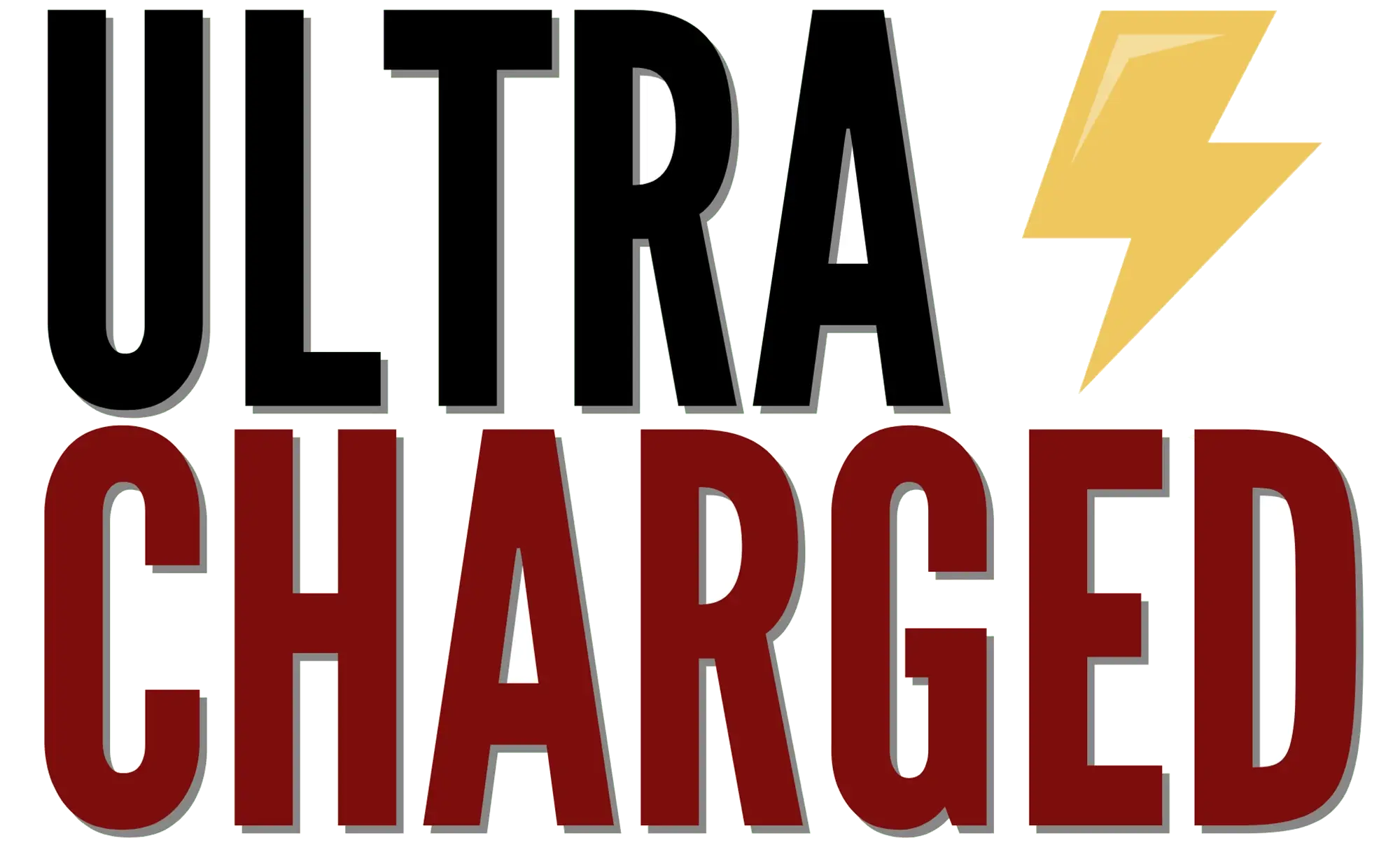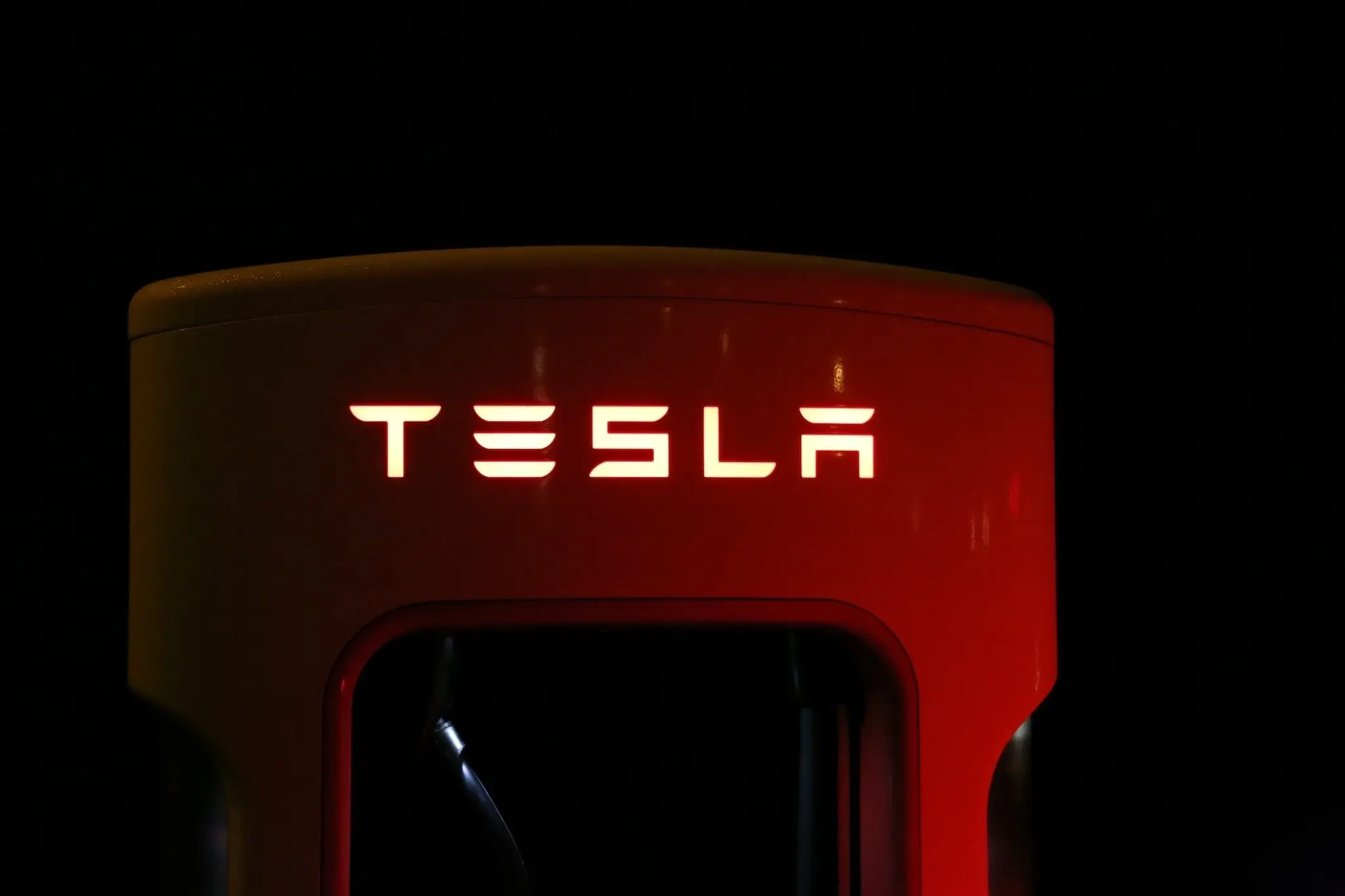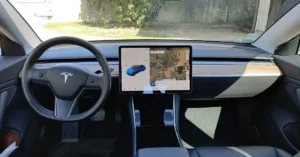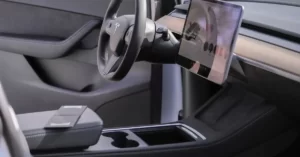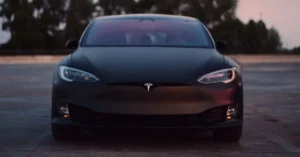Can You Drive a Tesla in the Rain? Tesla electric cars have become increasingly popular in recent years, known for their sleek design, advanced technology, and environmentally-friendly power source.
Table of Contents
One question that many Tesla owners and potential buyers may have is whether or not it is safe to drive a Tesla in the rain.
In this article, we will explore the capabilities of Tesla electric cars in wet conditions, as well as provide tips and safety precautions for driving in rainy weather. We will also take a look at the various safety features that Tesla cars are equipped with and how they help to keep drivers safe in adverse weather conditions.
Overall, this article will help to provide a better understanding of how to handle driving a Tesla in the rain and the steps that can be taken to ensure a safe and comfortable ride.
Can You Drive a Tesla in the Rain?
Yes, you can drive a Tesla in the rain.
Tesla electric cars are designed to handle wet conditions and have advanced safety features such as traction control and anti-lock brakes to help improve handling on wet roads.
Additionally, Tesla’s Autopilot system can also be used in rainy conditions, although it should be used with caution and always with a driver paying attention.
However, it’s important to note that as with any vehicle, driving in heavy rain or severe weather conditions can present additional hazards, such as reduced visibility and the potential for hydroplaning.
I’d always recommend you take appropriate precautions, such as slowing down, maintaining a safe distance from other vehicles, and being extra aware of the road and weather conditions when driving in the rain.
Safety Features on Tesla Cars
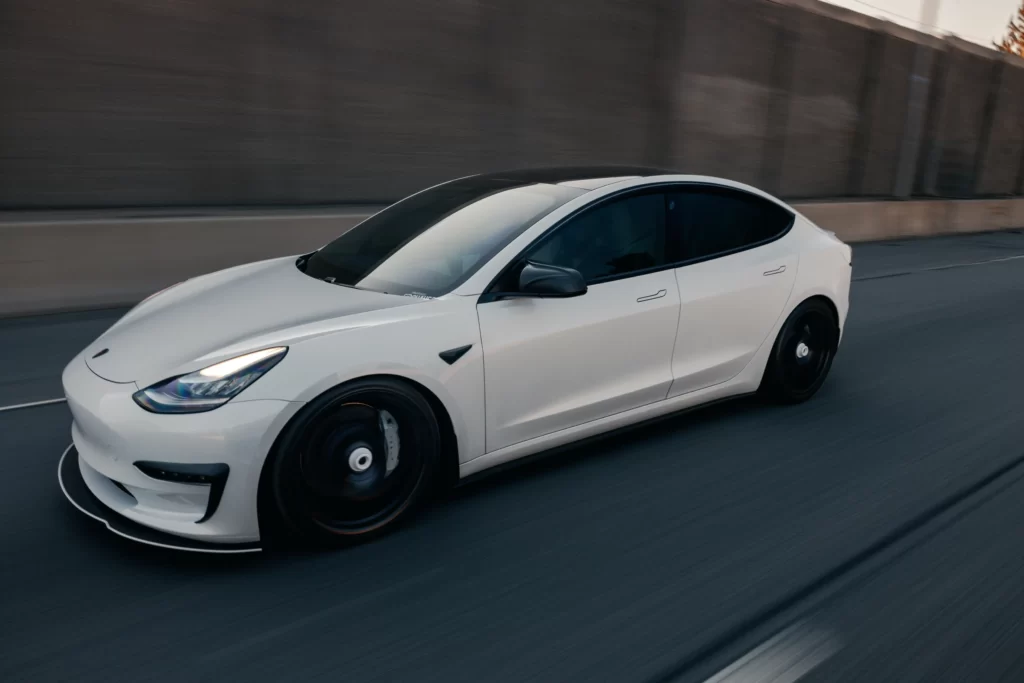
Tesla cars are equipped with a variety of advanced safety features that are designed to help improve handling and keep drivers safe on the road.
Some of the key safety features of Tesla cars include:
- Autopilot: This system uses a combination of cameras, radar, ultrasonic sensors, and GPS to automatically steer, accelerate, and brake the car on the highway. However, it’s important to note that Autopilot is not a self-driving system and the driver should always be paying attention and be ready to take control of the vehicle at any time.
- Traction Control: This system helps to maintain traction on slippery or uneven roads by automatically reducing engine power or applying the brakes to individual wheels as needed.
- Anti-lock Brakes: These brakes use sensors to detect when a wheel is about to lock up, and then pulse the brake pressure to prevent the wheel from locking and maintain steering control.
- Electronic Stability Control: This system helps to improve stability and control by automatically adjusting the brake pressure at individual wheels to help keep the car on its intended path.
- Lane Departure Warning and Lane Keeping Assist: These systems use cameras to detect when the car is drifting out of its lane and can provide visual or audible warnings to the driver, and in some cases, even apply steering or braking inputs to help keep the car in its lane.
- Automatic Emergency Braking: This system uses cameras and radar to detect potential collisions and can automatically apply the brakes to help prevent or mitigate an accident.
- Front and Rear Collision Warning: These systems use cameras and radar to detect potential collisions and can provide visual or audible warnings to the driver.
- Front and Rear Parking Sensors: These sensors use ultrasonic technology to detect obstacles when parking and can provide visual and audible warnings to the driver.
Tips for Driving a Tesla in the Rain
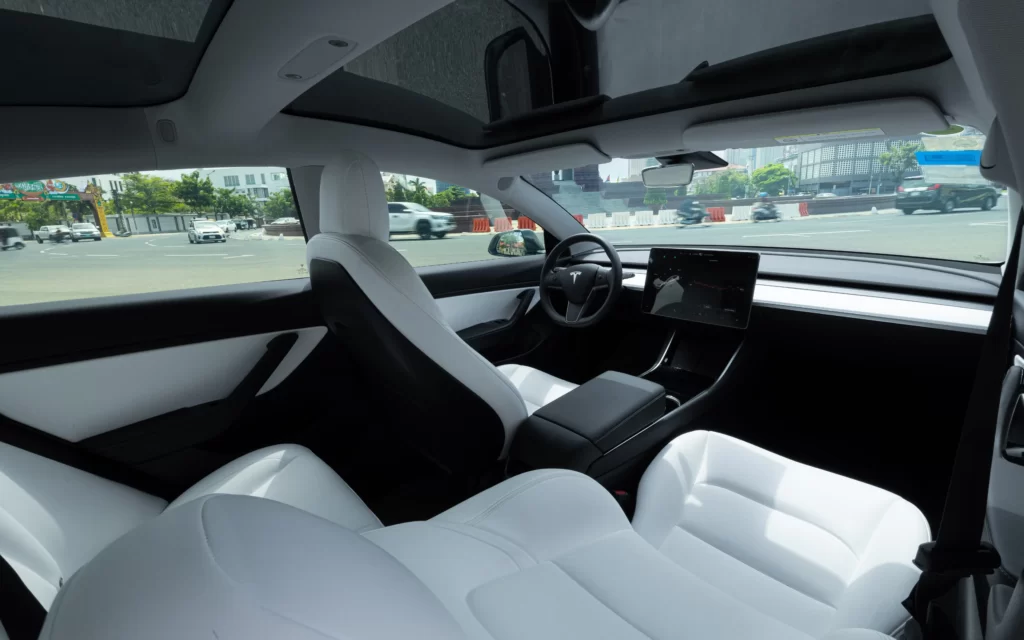
When driving a Tesla in the rain, it’s important to take appropriate precautions to ensure a safe and comfortable ride.
Always keep these tips in mind:
- Slow down: Wet roads can be slippery and reduce traction, so it’s important to slow down and maintain a safe distance from other vehicles.
- Use headlights: Make sure to turn on your headlights to improve visibility and make it easier for other drivers to see you.
- Use windshield wipers and defroster: Make sure to use your windshield wipers and defroster to clear any rain, mist, or fog from your windshield.
- Avoid sudden movements: Try to avoid sudden movements such as sudden braking, accelerating or turning as it can cause the car to lose traction.
- Be extra aware of the road and weather conditions: Keep an eye out for potential hazards such as standing water, hydroplaning, and reduced visibility.
- Use Autopilot with caution: If you choose to use Autopilot, be aware that the system may not be able to detect certain hazards, such as standing water or debris on the road. Always pay attention to the road and be ready to take over control of the car if necessary.
- Keep your car in good condition: Make sure your tires have enough tread, they are properly inflated, and the brakes are working well.
- Avoid using cruise control in heavy rain: Rain can cause the car to lose traction, and if you’re using cruise control, the car will not slow down automatically.
FAQ
Are Teslas safe in rain?
Teslas are designed to handle wet conditions and are equipped with advanced safety features such as traction control, anti-lock brakes, and Autopilot. These features work together to improve handling and safety on wet roads.
What happens when a Tesla gets wet?
A Tesla electric car is designed to function in wet conditions and should not be affected by getting wet. The car’s exterior, including the body, windows, and mirrors, is sealed to prevent water from entering the car’s interior. The electrical components, such as the battery and motor, are also sealed and protected to prevent damage from water exposure.
Please keep in mind that the Autopilot system, as well as other driver assistance features, may not function as intended in severe weather conditions, so it is important for the driver to be attentive and take control of the car when necessary.
Are Tesla Model 3 good in rain?
Tesla Model 3 is designed to handle wet conditions and is equipped with advanced safety features such as traction control, anti-lock brakes, and Autopilot, which improve handling and safety on wet roads. Model 3 has a good safety record and has received top scores in multiple safety tests.
Are Teslas completely waterproof?
Tesla electric cars are designed to be water-resistant, but they are not completely waterproof. The car’s exterior, including the body, windows, and mirrors, are sealed to prevent water from entering the car’s interior, but they are not completely sealed to protect the car from complete immersion in water. The electrical components, such as the battery and motor, are also sealed and protected to prevent damage from water exposure, but they are not completely waterproof.
Therefore, it’s important to be aware that in case of heavy rain or flooding, it is better to avoid driving the car through deep water. It’s also important to note that if water does get inside the car, it can cause damage to the electrical systems and should be addressed immediately.
Can you drink alcohol while driving a Tesla?
Drinking alcohol and driving is illegal in most countries, and this applies to Tesla vehicles as well.
It’s important to note that even though Tesla cars have advanced driver assistance features, such as Autopilot, they are not self-driving cars and the driver is always responsible for the safe operation of the vehicle.
Is it OK to run a Tesla through a car wash?
It is generally safe to run a Tesla through a car wash, as long as the car wash is designed for use with electric cars. Tesla vehicles have sealed electrical components that are designed to protect against water exposure.
If you liked this blog article about the question: Can You Drive a Tesla in the Rain, don’t forget to leave us a comment down below to tell us about your experience.
